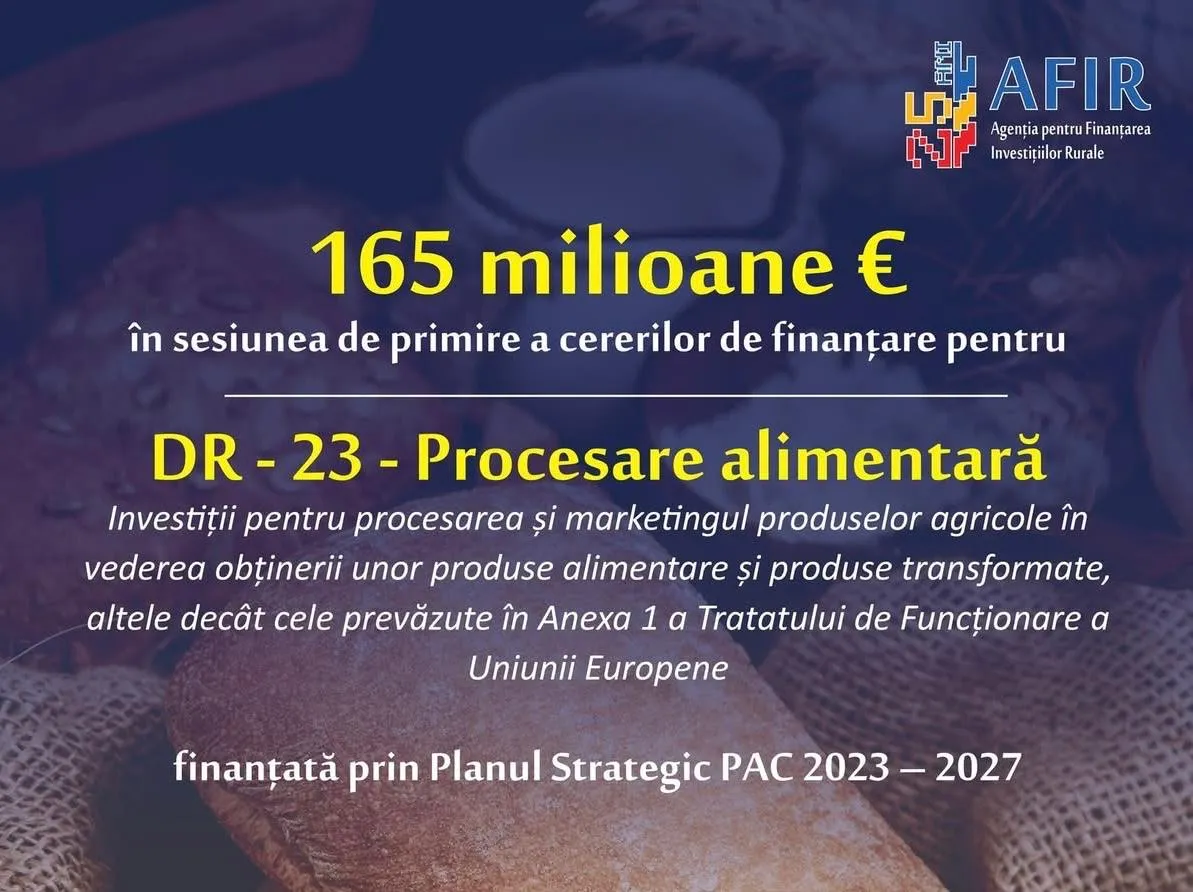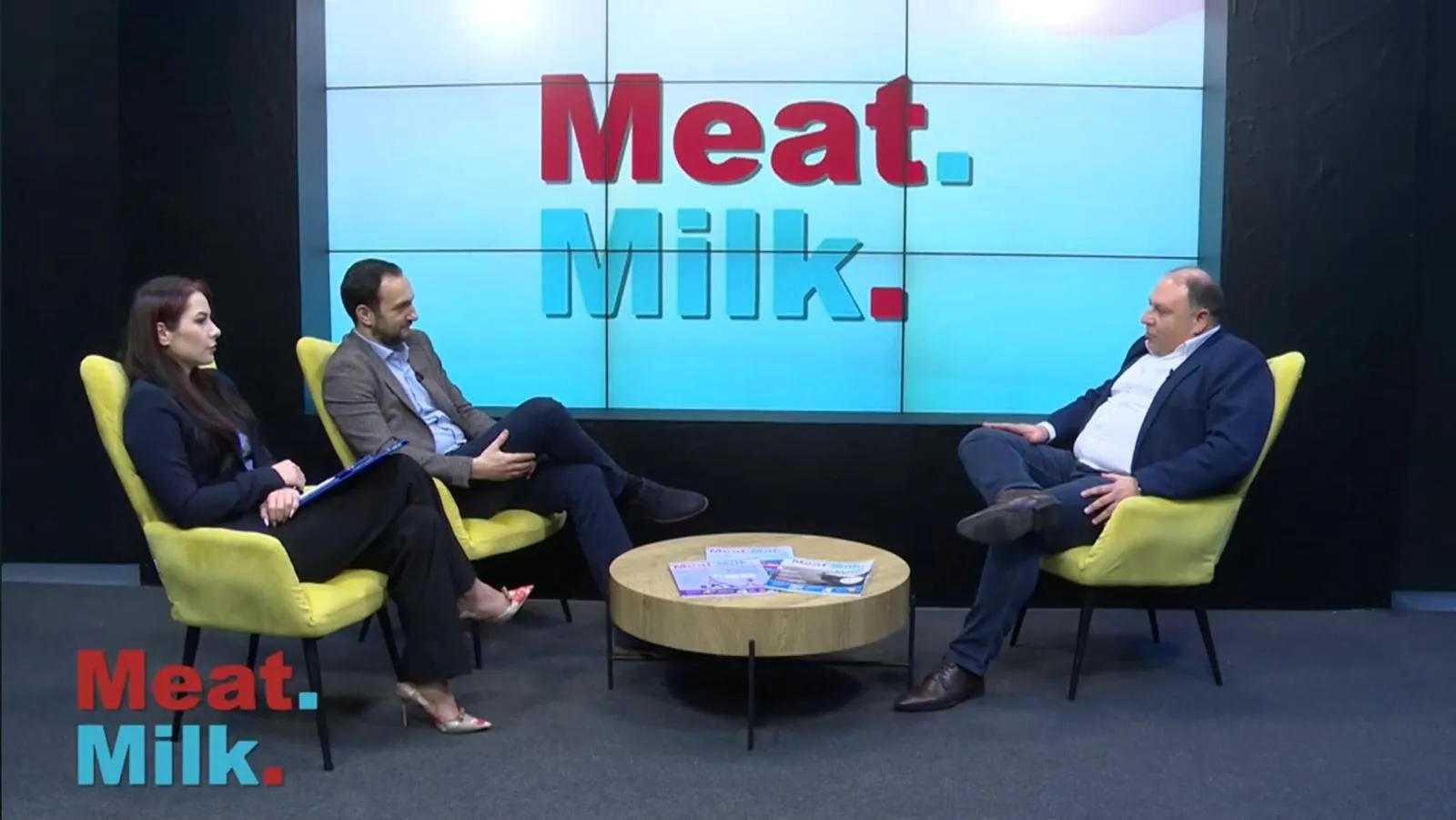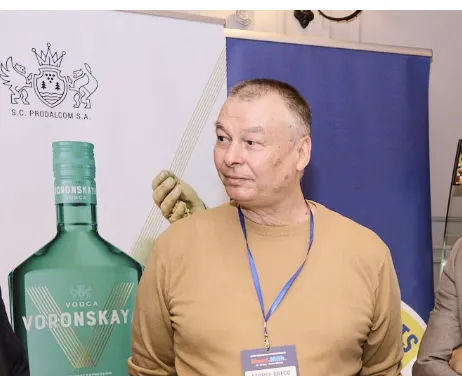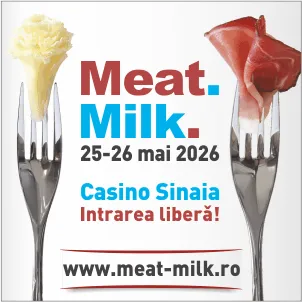544
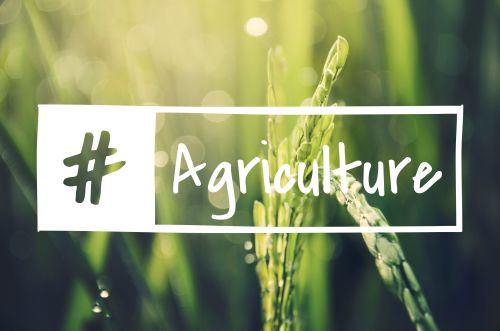
Introduction Global and European agricultural policy is entering, after 2025, a stage shaped by climate pressures, rising costs, and the demand for sustainability. The FAO emphasizes that maintaining food security will require a repositioning of public intervention tools. As an EU member state, Romania must calibrate its policies to maximize European support while reducing structural vulnerabilities.
Policy Instruments The new directions focus on shifting from direct subsidies to performance- and results-based payments. Mechanisms such as payments for ecosystem services or fiscal incentives for low-emission farms are increasingly used. At the same time, financial instruments such as mutual climate risk funds and publicly co-financed agricultural insurance systems are being developed.
Technical Analysis Economic models applied to agriculture—such as DSGE (Dynamic Stochastic General Equilibrium)—show that measures centered on innovation and digitalization can generate multiplying effects across the economy. Meanwhile, cost–benefit assessments suggest that investments in efficient irrigation and precision technologies deliver a higher social return compared to traditional subsidies.
Impact on Romania For Romania, the main challenge remains land fragmentation and the low competitiveness of small farms. Adopting results-based payments could stimulate farm consolidation and efficiency. Furthermore, the integration of digital technologies (remote sensing, agricultural data management) could improve the targeting of support schemes. Green transition funds represent an opportunity for modernization—if directed toward farms that combine productivity with sustainability.
Conclusion Post-2025 agricultural policy will be defined by a balance between sustainability, resilience, and efficiency. Romania must adopt modern instruments, reduce its dependence on direct payments, and support institutional innovation. An integrated, results-oriented approach can transform Romanian agriculture into a vector of competitiveness and regional food security.
(Photo: Freepik)
